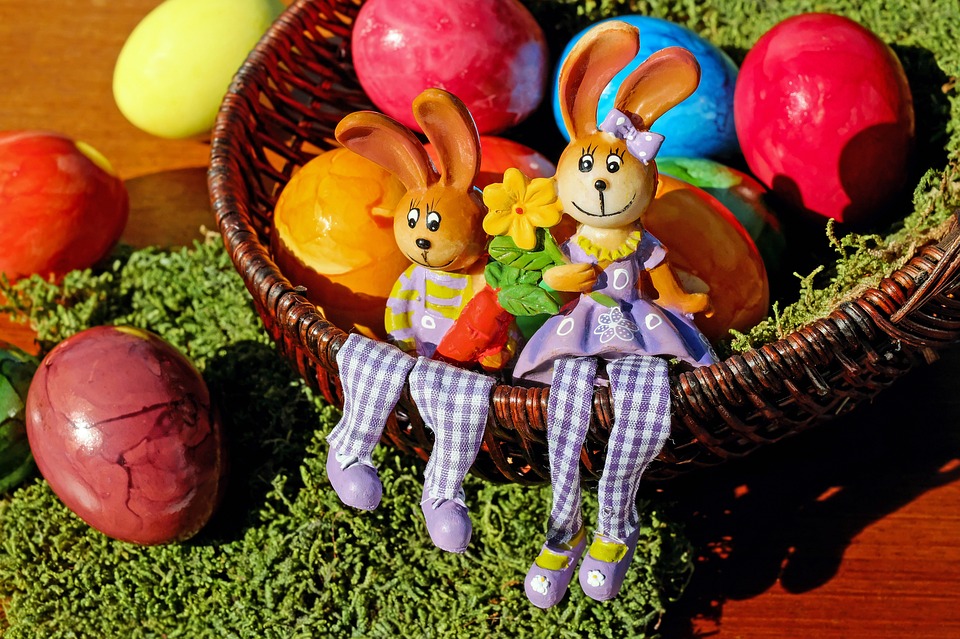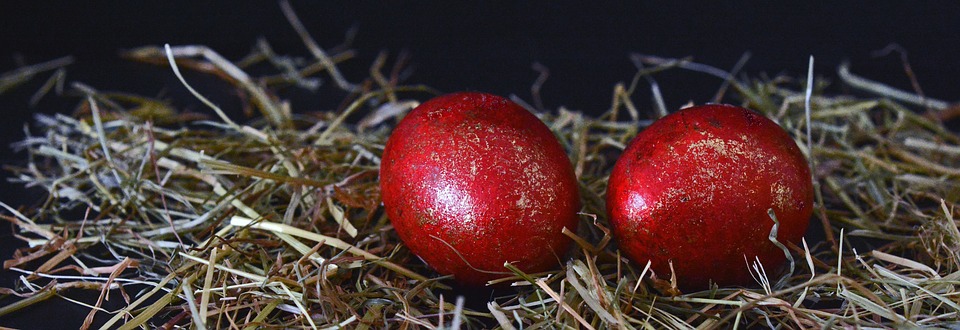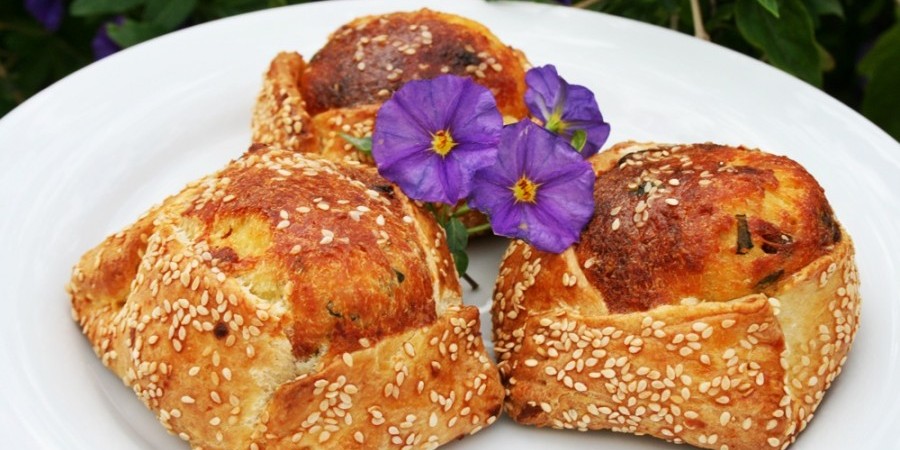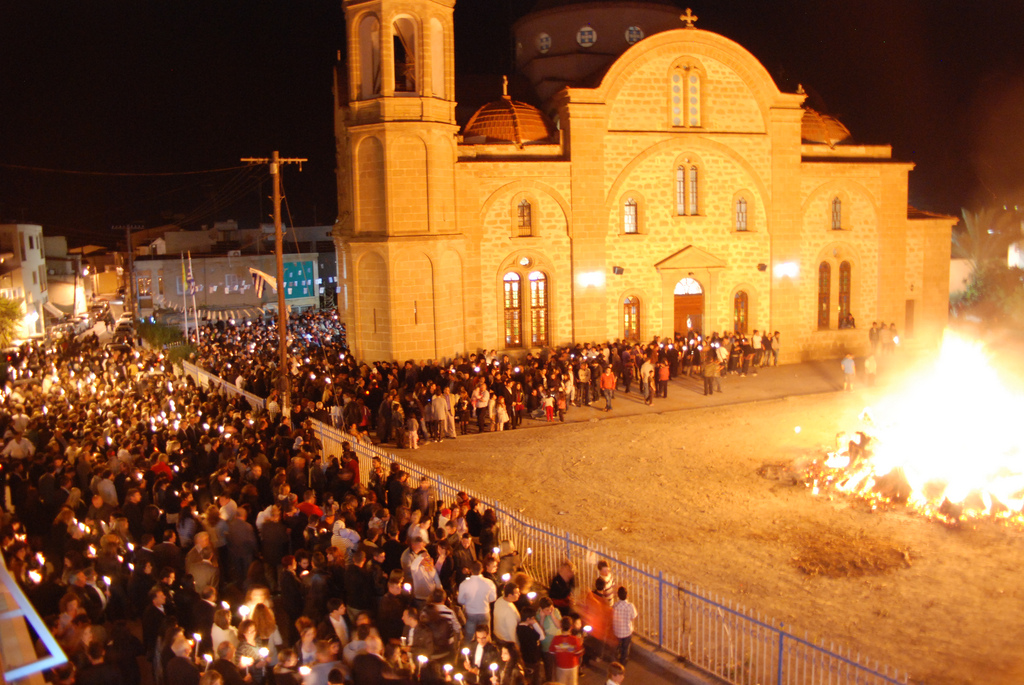Cyprus Villa Holidays is the perfect place to spend your Easter break. Cyprus has a population of about 1.1 million, nearly 82 percent of whom follow the Greek Orthodox Church and celebrate Easter accordingly, along with a mixture of local traditions. Orthodox Easter occurs anywhere from mid-April to early May. It is observed that Easter is is the most important holiday in the Christian calendar and celebrated in Cyprus as the holiest day of the Christian year.

The History of The Holiday
However, in the Christian tradition the meaning of this holiday changed following the Last Supper and Christ’s crucifixion — which became a new symbol of the Passover sacrifice. Contemporary Christians view Easter as a symbol of Christ’s resurrection and the victory of life over death.
Christ’s death and resurrection used to be celebrated every week (Friday was considered a day of fasting and mourning, while Sunday was a day of joy and celebration). However, with time Easter (Pascha – Latin/Greek) became an annual holiday. During the times of the Apostolic Church, Easter was celebrated over the course of two weeks: one that preceded the day of the Resurrection (Passion) and the week that followed it (Resurrection). After the year 325 these weeks became known as the Passion Week and the Bright Week, while the day itself became known as Easter.

The tradition of celebrating Easter on the first Sunday following the spring full moon took shape during the First Council in Nicaea. It was decided that each year the Bishop of Alexandria would calculate the date of the holiday and report it to Rome, to make sure the day is the same for all Christians. However, with time the Catholic and the Eastern Orthodox churches began using different dates due to a discrepancy in the calculation method. One of the most popular symbols of Easter today, especially among Catholic countries, is the Easter bunny. According to a German legend, bunnies bring Easter eggs to children, who have to wake up in the morning and find their nests filled with colorful eggs. The use of the bunny as a symbol of Easter also occurs in America and other European countries, where it has become an integral part of Easter paraphernalia.

Easter Traditions in Cyprus
Easter preparation starts 50 days before the actual holiday in Cyprus. The so-called Clean Monday — or the first day of Great Lent — is also known as a day to spend with your family. On this day Cypriots like to fly kites. On Thursday people begin preparing for Easter Sunday. On this day Cypriots paint their eggs and gather mint, which they use in their tea for the remainder of the year. Evening service includes the reading of the Twelve Gospels. All of the hangings and vestments are changed to black to express grief over Christ’s crucifixion. By the way, the tradition of dying and exchanging eggs, which is also popular in Russia, has a special meaning. The egg symbolizes life and resurrection, while the color red represents the blood of Christ. Another legend claims that red eggs symbolize the miracle of Mary Magdalene. During a visit with the Emperor Tiberius, the Magdalene proclaimed that Christ «is risen»! And when the Emperor showed doubt, the egg that she held out in her hand turned red.

On Good Friday Cypriots decorate the Shroud of Christ with flowers — a tradition that dates back to an ancient holiday dedicated to Adonis. They also participate in a liturgy. In some villages priests walk with a cross from one house to another. It is considered a blessing to walk under the Shroud as it is carried through the town. Midnight marks the beginning of the procession, at the end of which all the flowers from the shroud are passed around to the people.
During Holy Saturday Morning Prayer all the black cloths are removed from the icons. Women bake traditional Easter bread, called Flaouna, as well as lamb pie. Men and children spend a large part of the day searching for firewood, which they later use to burn the effigy of Judas — another popular tradition in Cyprus. In the evening children set out wandering around the village singing Easter songs in exchange for red-colored eggs and pie.

Around 11pm people start gathering near the church and passing around candle fire. Saturday liturgy ends on Sunday morning. After returning home, Cypriots use the candle soot to draw a small cross over their front door. They also light an oil lamp and end their fast period by eating a traditional egg-lemon soup. The main dish — rotisserie lamb — is served for lunch and brings together the whole family. The entire town celebrates the day by organizing public activities and Easter games.
The streets are decorated with sculptures of the Easter bunny, eggs of different colors and sizes, as well as signs with happy Easter wishes and greetings. Sunday festivities attract not only Christians, but also secular Cypriots, who come to participate in outdoor activities and competitions.

Traditional Easter Menu in Cyprus
Avgolemono — is a Greek soup that is served on Easter Sunday. It is made with chicken, meat, fish or vegetable broth, pasta or rice and an egg-lemon mixture. The soup is heated until it thickens.
Traditional Easter pies are called Flaounas and are usually triangular, square or round. These pies are traditionally baked on Holy Saturday using yeast, milk and sometimes orange juice. Flaounas are either stuffed with different types of Greek cheese or prepared with dried fruit and spices.
Souvla — is barbecued lamb or pork cooked on a long skewer over a charcoal barbecue. The meat is first cut into large chunks, sprinkled with salt and oregano and then cooked on a skewer, whose motor slowly rotates allowing the meat to cook evenly. The cooking process takes about 1.5-2 hours. This is a very popular Easter dish that is usually served with a fresh salad, fried halloumi cheese and bread.
Magiritsa — another Easter soup that is usually prepared on Holy Saturday. It is made with lamb liver, rice, onion, herbs and the egg-lemon sauce of avgolemono.
Boureki — are baked pastries made of a thin flaky dough known as phyllo, which has Turkish origins. Cypriot boureki are usually made with feta, vegetables and chopped meat.

In addition to these items, Cypriots also bake sweet pastries, Easter cakes with lemon and orange rind and almond cookies with vanilla sugar.
